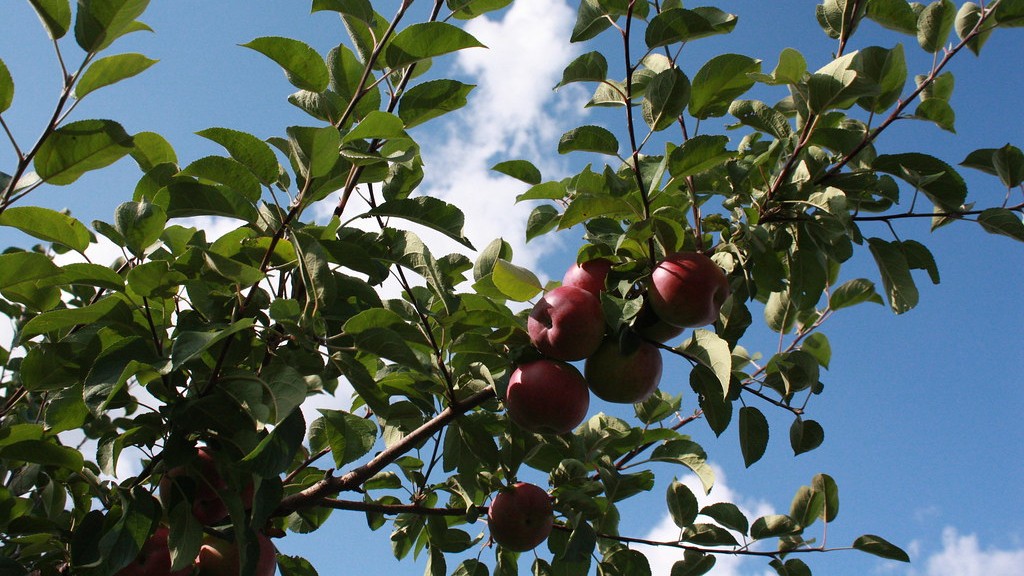Avocados are High Maintenance
It might come as a surprise that growing an avocado tree requires a great deal of maintenance. The long-term commitment to nurture an avocado tree to maturity can take up to 15 years if not more. As soon as an avocado seed is planted, it has to be monitored and cared for regularly like any other type of plant so that it can grow healthy mature fruit.
Soil and Nutrients are Essential
The soil that the avocado tree is planted must be nutrient-rich with a PH of 6 to 7.5, ideally with a mix of compost and soil mix. An abundance of compost, maybe as much as 2 to 4 inches (5-10 cm) should guarantee that the tree is getting enough nutrients. When planting, take the time to dig a hole that is slightly deeper than the root ball and twice as wide allowing plenty of room to spread the roots.
It is also paramount that the avocado tree is getting enough water. A drip irrigation system connected to a timer to ensure the tree is getting dripped every morning and evening is the most ideal option available. If a drip irrigation system is not feasible, sprinklers may also be used to saturate the roots with water every other day.
Weather is Pivotal for Growth
Additionally, climate plays an essential role in the growth and cultivation of avocado trees. As with most other produce, it works best in warm climates with temperatures consistently between 60 to 80°F (15-26°C). The temperature drops significantly will decrease the rate of growth for any given avocado tree and cause undue stress in the plant. Trees also need 8 to 10 hours of direct sunlight to ensure the best fruit production.
Not surprisingly, Frost is one of the greatest threats to avocado trees as it can cause significant damage and yield less fruit. The tree should be protected in the winter, either by way of a greenhouse or some type of container. Adjusting the pH of the soil can also help a tree to withstand cold temperatures.
Pruning is Necessary
Aside from climate, pruning also plays an important role in the health of an avocado tree. Pruning properly will help the branches maintain enough strength to bear the weight of the heavy fruit and provide access to more sunlight which encourages more fruit production. A well-pruned tree should be shaped like a goblet with a center leader to the main branches, with each branch being at the same length and having the same amount of leaves.
Other Factors to Consider
Pests, such as thrips and scale insects, can also be an issue and should be taken care of quickly. Using the right insecticides and miticides can help, but it is critical to make sure to only use the right amount and follow the instructions on the label. Fungal disease is another problem that can occur causing the leaves to yellow and gaining access through a wound, so it is important to put in place protective systems such as application of fungicides or using resistant varieties.
Fruiting and Harvesting
Avocado trees can take anywhere from 7 years to bring its first fruit, with harvest being available in fall, winter, or spring. The size and color of the fruit can vary depending on the variety and the season with longer periods of dryness producing thicker skin and smaller size fruit.
The fruit will begin to change from light green to dark green and then to purple or black. As the fruit ripens, it will become softer in texture. By this time, the fruit will drop off easily when picked. A mature tree can yield up to 200 fruit every year.
How Long Does an Avocado Tree Stay Productive?
Though in ideal conditions, an avocado tree is able to produce fruit for up to 75 years, however, over-picking or diseases due to lack of care can reduce the amount of fruit it bears. To maximize yields an avocado tree needs to be fertilized yearly, fertilizers will help the tree to maintain its energy levels, resulting in more abundant fruit production.
Critical Factors for Successful Avocado Harvesting
To successfully grow an avocado tree, a combination of maintenance and precision is needed. Appropriate soil, water, and nutrients should be used to support the avocado tree as well as taking climate into consideration. Furthermore, it is essential that the tree is pruned and protected from diseases and pests. Avocado tree harvesting can be a lengthy process, however, the reward of the mature fruit makes all the long-term efforts worthwhile.
Controlling Fruit Development
Though the avocado tree grows relatively slowly, the fruit will start to grow extremely quickly once conditions improve. As the fruit starts to form, it is important to reduce water to let the fruit develop fully. One way to let the water out of the soil is to apply a good layer of mulch to safeguard against fungal diseases and the collection of too much water in the soil.
The key to growing and harvesting successful avocados is patience and attention. Trees will grow into a healthy maturity and produce thick-skinned, delicious fruit, but it can take years before the tree is ready for harvest.
Harvesting Fruit from the Tree
When it comes to actually harvesting the fruit from the tree, patience is still important. Depending on the variety, the fruit can require up to 12 months for it to be fully grown with ideal flavor. It is important to ensure that the fruit does not stay on the tree for too long, and the ideal time for harvesting will differ for each variety.
Once it is ripe, using a pair of shears or small cutting tool will help removal. The stem connecting the fruit to the tree should be short and properly cut to reduce the risk of cutting into the tree itself. Be careful when picking the fruit to not damage the surrounding trees and branches.
Distribution of the Fruit
Once the fruit is harvested, it needs to be taken through a sorting process. Undamaged avocados should be secured in appropriate packaging and then sent to a distribution centre. From there, the fruit can be sent to shops, supermarkets, and other vendors nearest to where it has been grown.
Finally, the fruits must be classified according to their size and quality to ensure that customers receive the best-tasting and most attractive fruit. The best fruit with the longest shelf life is packaged first, with the fruit of lower quality used in other products or sold at a lower price.



